By DAVE LOTZ and ROSE S.N. MANIBUSAN
By early 1944, Admiral Chester W. Nimitz was preparing for Operation Forager — the capture, occupation, and defense of the Mariana Islands. Targeted were the islands of Saipan, Tinian, and Guam. The United States Pacific forces under Nimitz's command commenced the broad Pacific sweep of island-hopping that would by mid-summer 1944 result in the Liberation of Guam.
American naval forces were hard at work as the war moved west. America and Japan both considered the Mariana Islands important because of their strategic location. From Guam, airstrips would be built, where B-29s could make bombing runs to Japan. Apra Harbor, because of its deep water port, would serve as an excellent fleet anchorage in the Western Pacific. Outside the continental United States, Guam would become one of the largest naval bases in the Pacific. As a former U. S. possession, America had a moral obligation to liberate the Chamorro people.
American fast carriers attacked the Marianas Islands on Feb. 23, 1944. At the same time, American submarines concentrated on sinking Japanese ships. Both tactical elements would thus disrupt reinforcement of the islands. Ultimately the submarines sank at least 30 enemy ships at the cost of two submarines and prevented troops and equipment from reaching Guam and the other Marianas Islands.
"Times were getting worse because the Americans had already bombed Saipan, Tinian, and Rota. That was what the Japanese told me in Yona, the one that knew English ..." Francisco Kelly Acfalle
Unaware of the Japanese defense situation, the Americans' next step was the reconnaissance of the islands. In April 1944, for 27 days the submarine USS Greenling photographed possible invasion beaches. Shortly thereafter, the Navy and Army Air Force B-24s took daring low level photos up until June.
By the end of May the invasion forces had assembled at Pearl Harbor and Guadalcanal to commence their long voyages to the Marianas. The invasion fleet for Guam sailed initially to Kwajalein and then sorted on June 9-12 only to return later to Eniwetok.
Copied from source
Subscribe to:
Post Comments (Atom)
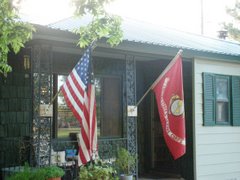
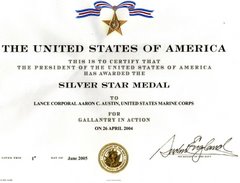
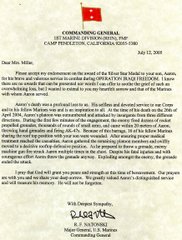
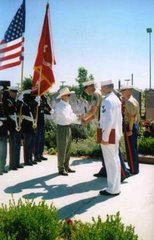


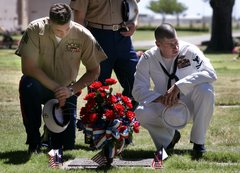

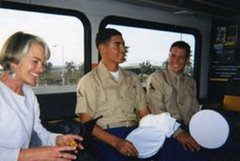

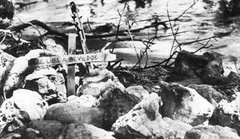





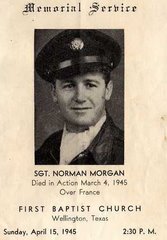
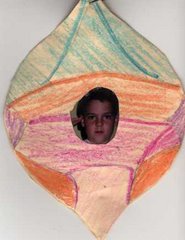


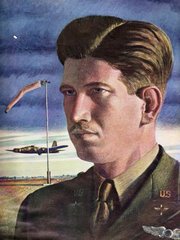

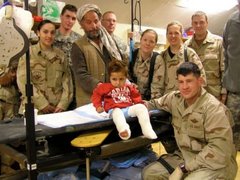
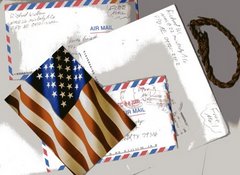

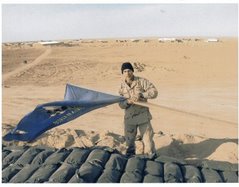


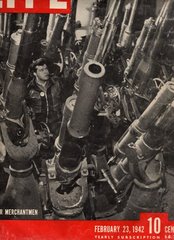


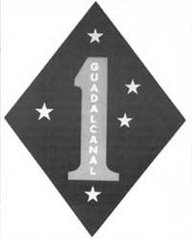
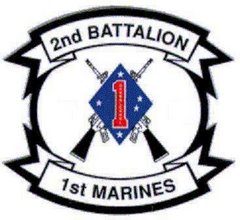






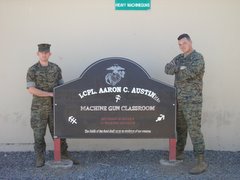



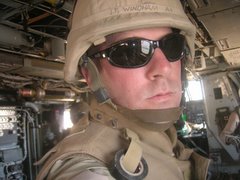
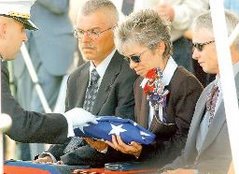


No comments:
Post a Comment